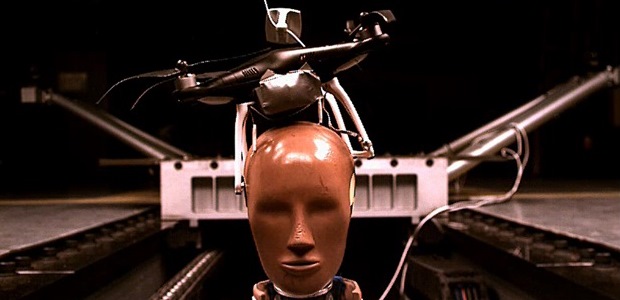
FAA Releases Findings on Drones Hitting Humans
This research started in September 2015. The second phase of it, set to begin in June 2017, will examine the risks of drone collisions with aircraft.
The Federal Aviation Administration recently released a report about the extent of injuries that can occur when a drone hits someone on the ground. Although the agency cautioned it can't completely answer how serious the injuries can be, it said studies by a consortium of leading universities get us closer to understanding the risks of allowing drones to fly over people.
The consortium that conducted the research includes the University of Alabama-Huntsville; Embry-Riddle Aeronautical University; Mississippi State University; and the University of Kansas through the Alliance for System Safety of UAS through Research Excellence (ASSURE). ASSURE represents 23 leading research institutions and 100 leading industry and government partners.
This research started in September 2015. The second phase of it, set to begin in June 2017, will examine the risks of drone collisions with aircraft.
The research team reviewed techniques used to assess blunt force trauma, penetration injuries, and lacerations – the most significant threats to people on the ground – and classified collision severity by identifying hazardous drone features such as unprotected rotors. They alos reviewed more than 300 publications from the automotive industry and consumer battery market, as well as toy standards and the Association for Unmanned Vehicle Systems International database, as well as conducting crash tests, dynamic modeling, and analyses. When the studies were done, personnel from NASA, the Department of Defense, FAA chief scientists, and other subject matter experts conducted a peer review of the findings.
Three dominant injury types were found to be applicable to small drones:
- Blunt force trauma, the most significant contributor to fatalities
- Lacerations – suggesting blade guards are required for flight over people
- Penetration injuries
Their research also showed multi-rotor drones fall more slowly than the same mass of metal due to higher drag on the drone, and that lithium batteries used to power many small drones need a unique standard to ensure safety.